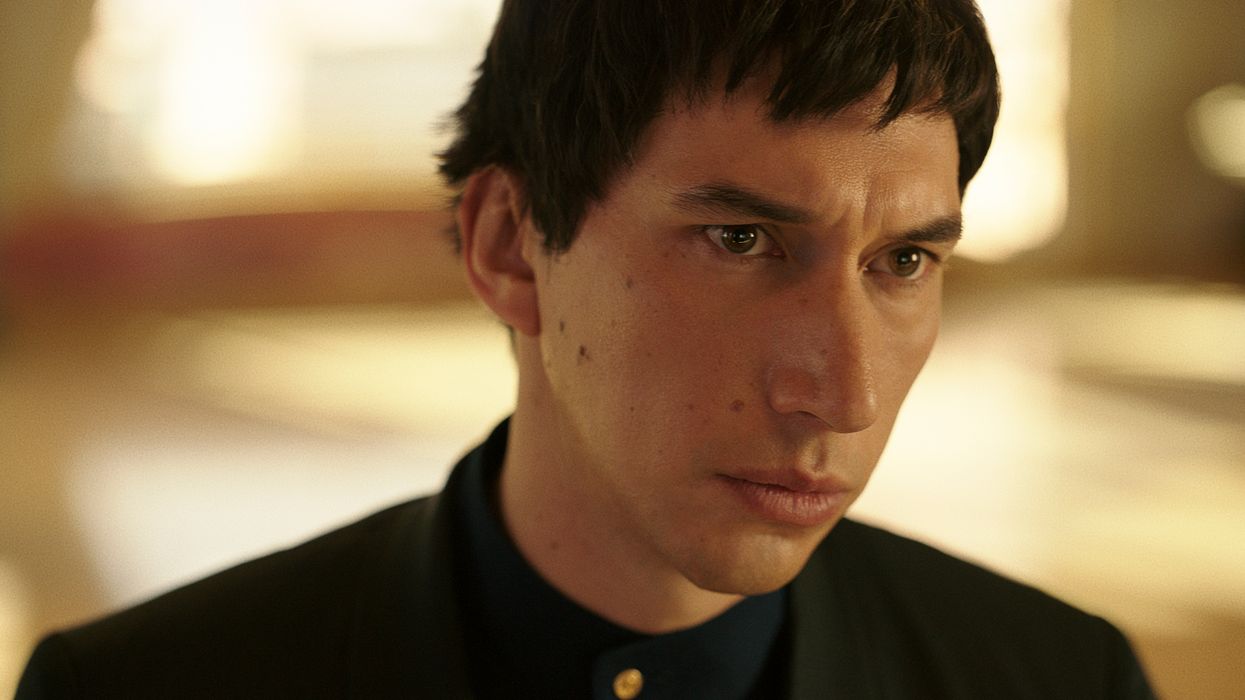It’s been 11 days since the assassination attempt against Donald Trump at a rally in Butler, Pennsylvania. Investigations by law enforcement and journalists so far have produced few details about the apparent shooter’s motivations — while revealing major security failures.
The Trump rally shooting, from a nearby rooftop, was the first near-assassination attempt on a current or former president in 40 years — and “the most significant operational failure at the Secret Service in decades,” the agency’s director, Kimberly Cheatle, told lawmakers at a House hearing on Monday. One attendee was killed in the attack, and two attendees were seriously injured. Cheatle resigned on Tuesday.
Here’s what we know about the shooter and the assassination attempt at Trump’s rally:
What We Know About The Shooter
The shooter has been identified as Thomas Matthew Crooks, 20, of Bethel Park, Pennsylvania. What information has been gleaned from Crooks’ minimal online footprint and the ensuing drips of information from law enforcement and public records shows either a complex political mindset or a young man who was still forming his political views.
A registered Republican who had given $15 to a liberal anti-Trump group, Crooks’ household appears to have been politically divided: His father was registered as a Libertarian, his mother as a Democrat, and his sister as a Republican. Classmates have given conflicting remembrances of Crooks’ political leanings, ranging from outright conservatism to general apathy. Nothing in the deluge of coverage stemming from a sprawling law enforcement investigation has revealed any evidence of left-wing extremism.
While publicly available records and law enforcement haven’t provided an easy political answer for Crooks’ motive, what is known paints a picture of Crooks and his family as a microcosm of Pennsylvania, a swing state where Trump eked out a victory against Hillary Clinton in 2016 but lost by a slim margin to Joe Biden in 2020.
In an era when politics pervades nearly every aspect of life — and in which many Americans wear their political affiliations on their sleeves — the Crooks family home showed no outside signals of their political beliefs. Neighbors told CNN that no political signs or flags were seen at the home.
Crooks’ classmates have given conflicting accounts of his political beliefs. While one described him as conservative, another former classmate, Vincent Taormina, said Crooks confronted him over Taormina’s support for Trump, something he apparently told the FBI after Crooks’ attempt on Trump’s life. However, the agency also asked about Crooks’ apparent disdain for other politicians, like Bernie Sanders and Hillary Clinton, Taormina told Fox News.
Other classmates and teachers have described Crooks as a loner who kept to himself — and preferred to do so. Crooks’ solitude was apparently in line with that of his father. “I called [my brother], but he didn’t answer the phone, and I know he saw my name on the caller ID,” Mark Crooks, the shooter’s uncle, told NBC News. “I called to see how he was doing, but he didn’t call back, and that’s typical of him.”
A registered Republican, Crooks made a small donation to the Progressive Turnout Project — an anti-Trump group — on the day Biden was inaugurated, when the shooter was 17. It’s unclear when he registered as a Republican.
Still, much work remains to be done. On one of two phones Crooks apparently used were some 14,000 images, including stock images of firearms and “articles related to government officials,” lawmakers briefed by law enforcement told reporters. Other information gleaned from Crooks’ devices suggests he could have been looking to target a wide variety of political figures. In recent months, he had searched for information about President Joe Biden’s events.
Photos of House Speaker Mike Johnson and House Minority Leader Hakeem Jefferies were found on Crooks’ devices, as was a photo of Fulton County District Attorney Fani Willis, who is prosecuting Trump and his allies for their role in efforts to overturn 2020 election results in Georgia.
Among the data discovered by law enforcement were searches for the dates of the Democratic National Convention in Chicago, Trump rally dates, and searches related to explosives and major depressive disorder, a diagnosis given to a school shooter in Michigan whom Crooks also made a subject of his online searches. Further, email accounts associated with Crooks’ father were tied to purchase of gold bars, coins, and firearm equipment on eBay, The New York Times found. Advertisements for gold and precious metals are a staple of right-wing media. Rolling Stone’s emails to those addresses went unanswered, as did calls to Crooks’ neighbors and family.
Unlike other high-profile American shooters, Crooks did not leave a manifesto or other obvious explanation of his motive for trying to kill a former president. In Crooks’ wake — like that of mass killer Stephen Paddock in Las Vegas and others — questions, speculation, unfounded allegations of political motivation, and, of course, conspiracies have abounded about why Crooks tried to kill perhaps the most famous person in the world.
Timeline of the Attack
Ahead of the July 13 rally, Crooks had asked for the day off work at his job at a nearby nursing home. At some point that day, Crooks’ father, Matthew, called 911 to report his son missing, law enforcement told Fox News. Reports vary on whether Matthew called before or after the shooting, and whether he knew the weapon used in the assassination attempt was also missing.
On the morning of the rally, Crooks was able to fly a drone over the Trump rally site, according to law enforcement. He returned around 5 p.m. and raised the suspicions of rally-goers who spotted him carrying a duffel bag and a range-finder. Several Trump supporters said they tried to warn law enforcement, to no avail.
More than an hour passed between the time when Crooks was identified as a “person of interest” by law enforcement at 5:10 p.m., and when he began firing at 6:12 p.m. In that crucial hour, rally goers warned police of a suspicious person on the roof of a building near the rally site. A local police officer briefly tried to confront Crooks and retreated after Crooks trained his gun on him; the officer wasn’t able to unholster his weapon, while being raised up to the roof by another officer. Trump took the stage to begin his remarks. This all happened before Crooks fired his first shots, and was taken down by a Secret Service sniper.
Trump was struck in the ear, an injury that was finally detailed on Saturday by House Rep. Ronny Jackson — a controversial figure who is not Trump’s official doctor. Two rally-goers were injured in Crooks’ attack and a third died.
Trump wore a large white bandage over his ear during the Republican National Convention last week. Over the weekend, Trump wore a smaller flesh-colored bandage while speaking at a rally in Grand Rapids, Michigan.
The Investigation
The massive investigation into Crooks began shortly after the shooting, with agents from the Bureau of Alcohol, Tobacco, and Firearms combing through paper records — a handicap required by laws pushed by the gun lobby to prevent the creation of an easily-searchable database of American firearms and their owners — to identify Crooks, who was not carrying identification.
Sale records for the AR-15-style rifle Crooks used that day led investigators back to the family home. There, law enforcement confiscated 14 firearms, an explosive device, Crooks’ second phone, a hard drive, and three USBs.
The apparent failure of local law enforcement and especially the Secret Service to adequately protect Trump has drawn the ire of Republicans, who grilled director Kimberly Cheatle at a House Oversight Committee hearing on Monday. She resigned on Tuesday.
Republicans are incensed that the Secret Service reportedly rebuked requests from the Trump campaign for increased security for the candidate. Meanwhile, local law enforcement have said they warned the Secret Service ahead of the rally that area police didn’t have the manpower to properly patrol the outer perimeter of the rally site.
“The officer was in a defenseless position and there was no way he could engage the actor while holding onto the roof edge,” Tom Knights, the Butler Township manager, said in a statement, adding that the officer “immediately communicated the individual’s location and that he was in possession of a weapon. Moments later, the individual commenced firing.”
In the ensuing fallout over the assassination attempt, local law enforcement — which numbered about 100 officers from several different agencies — have said the Secret Service did not assign any agency responsibility for the area outside the inner security perimeter that contained the building from which Crooks fired.
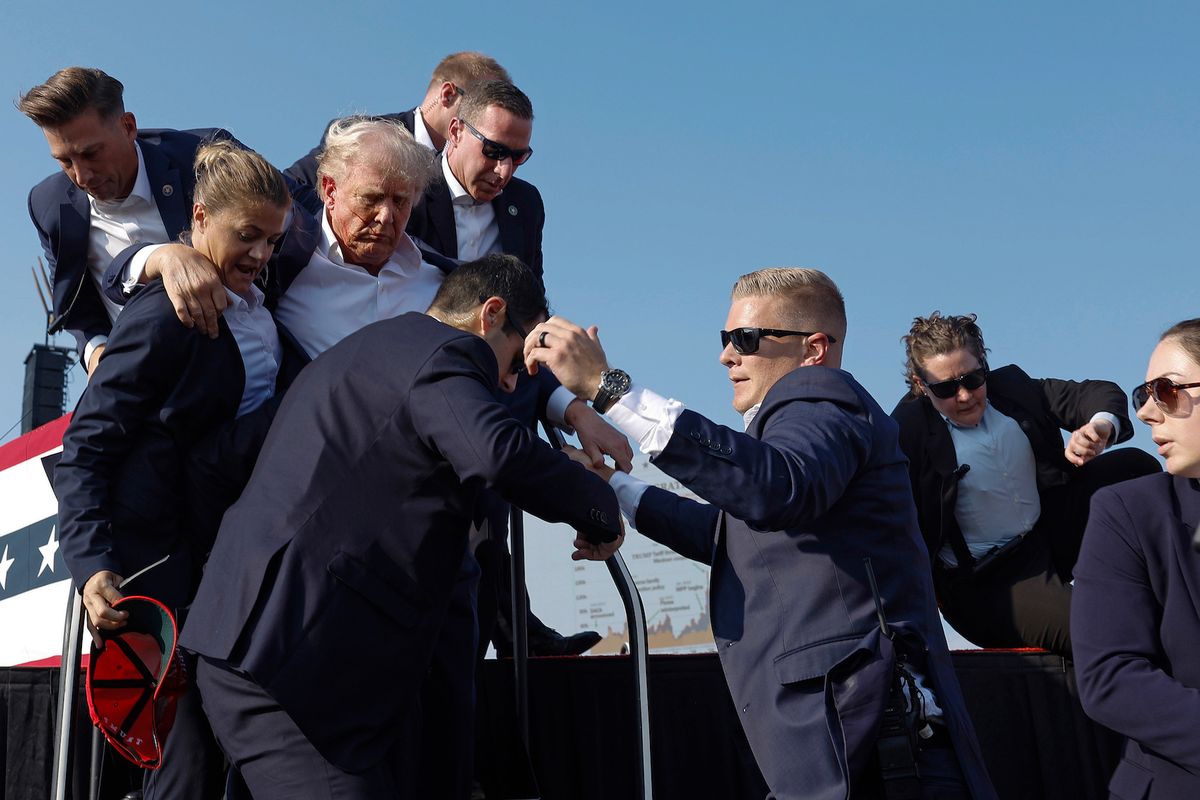
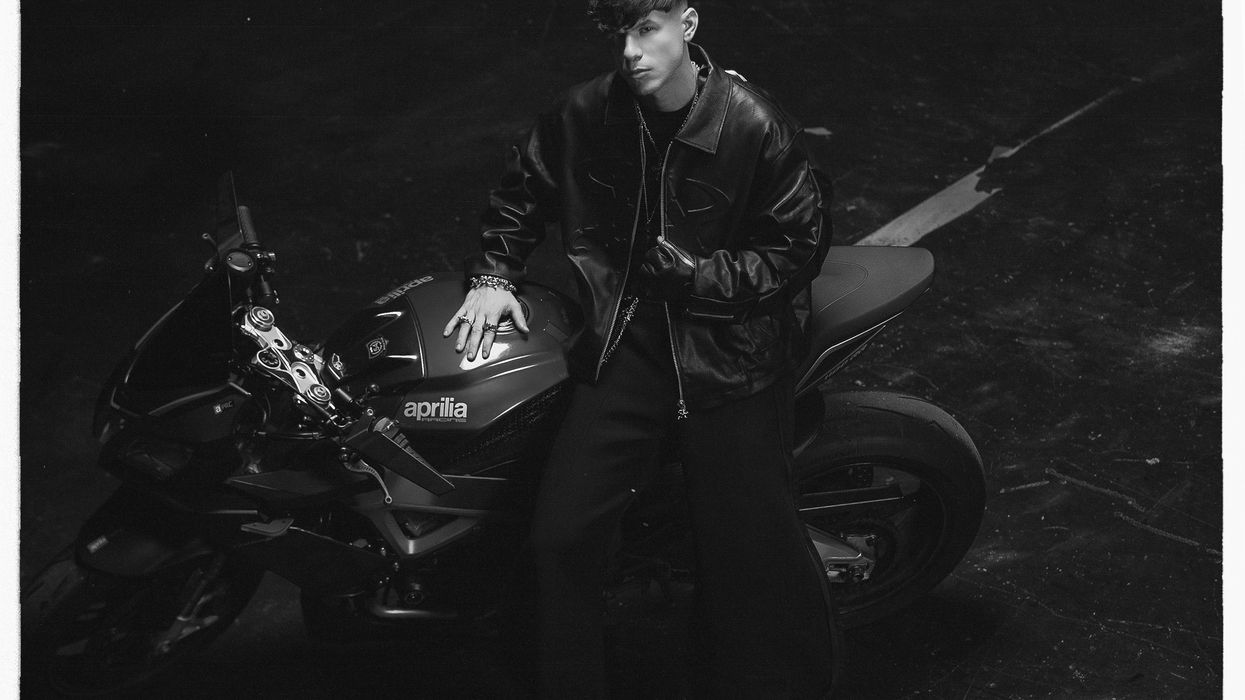

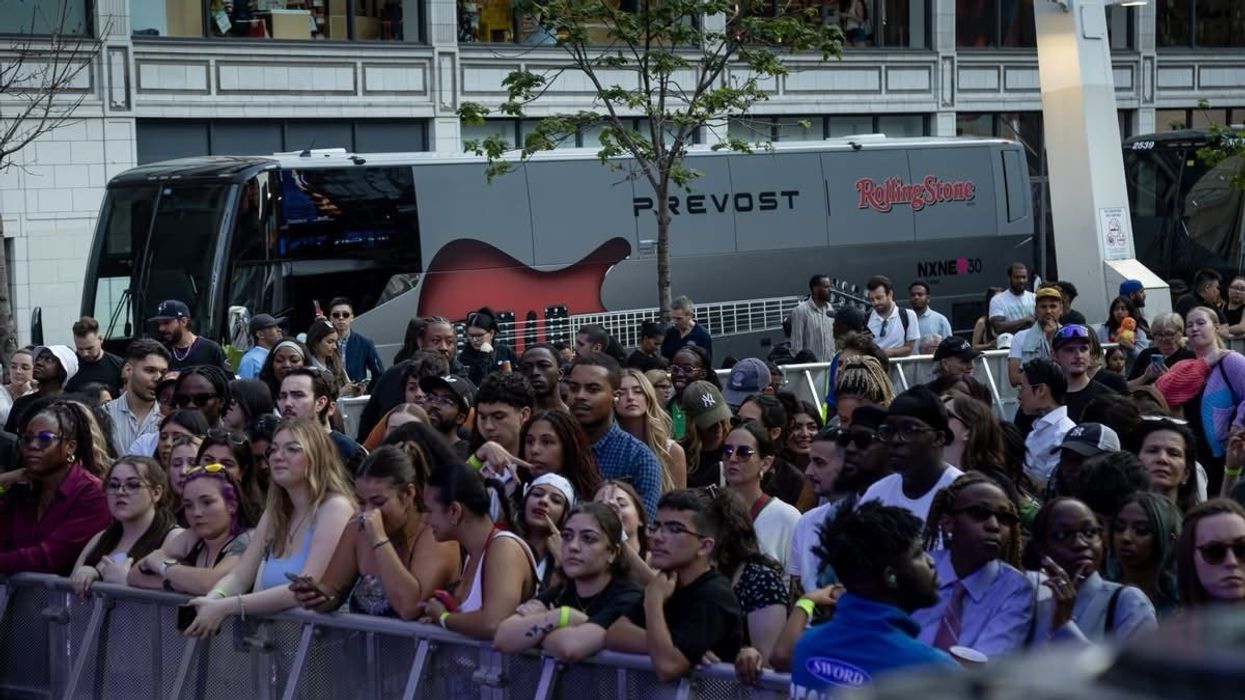


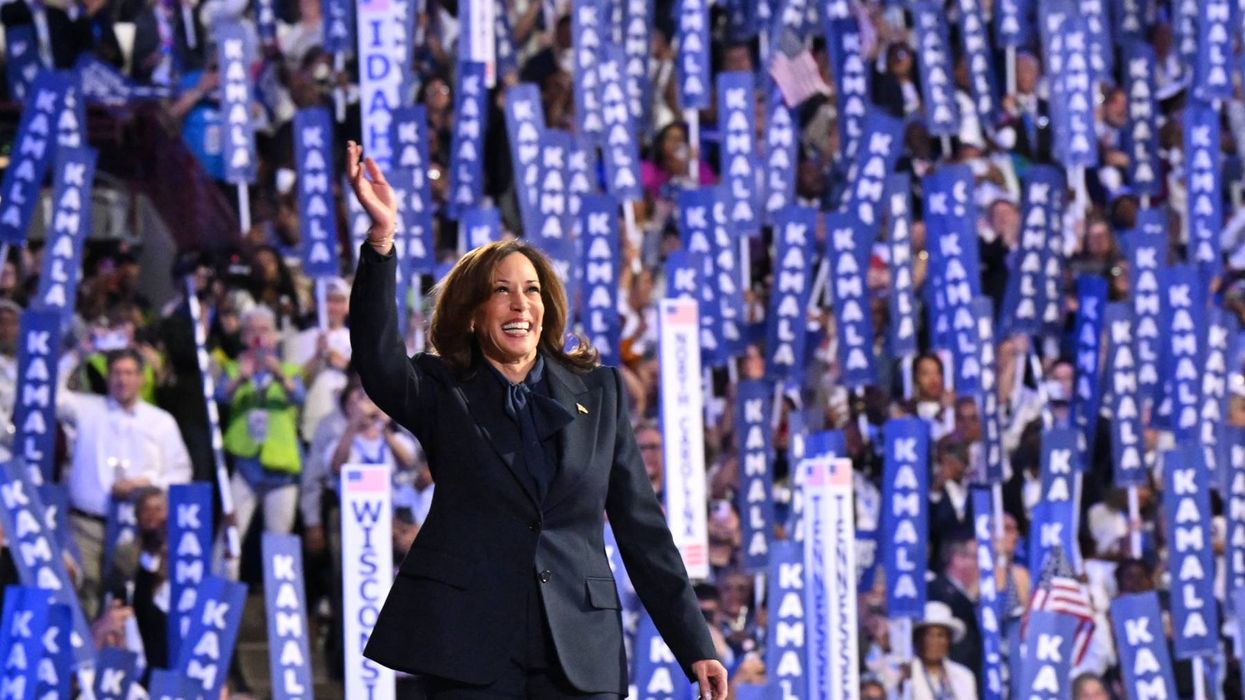
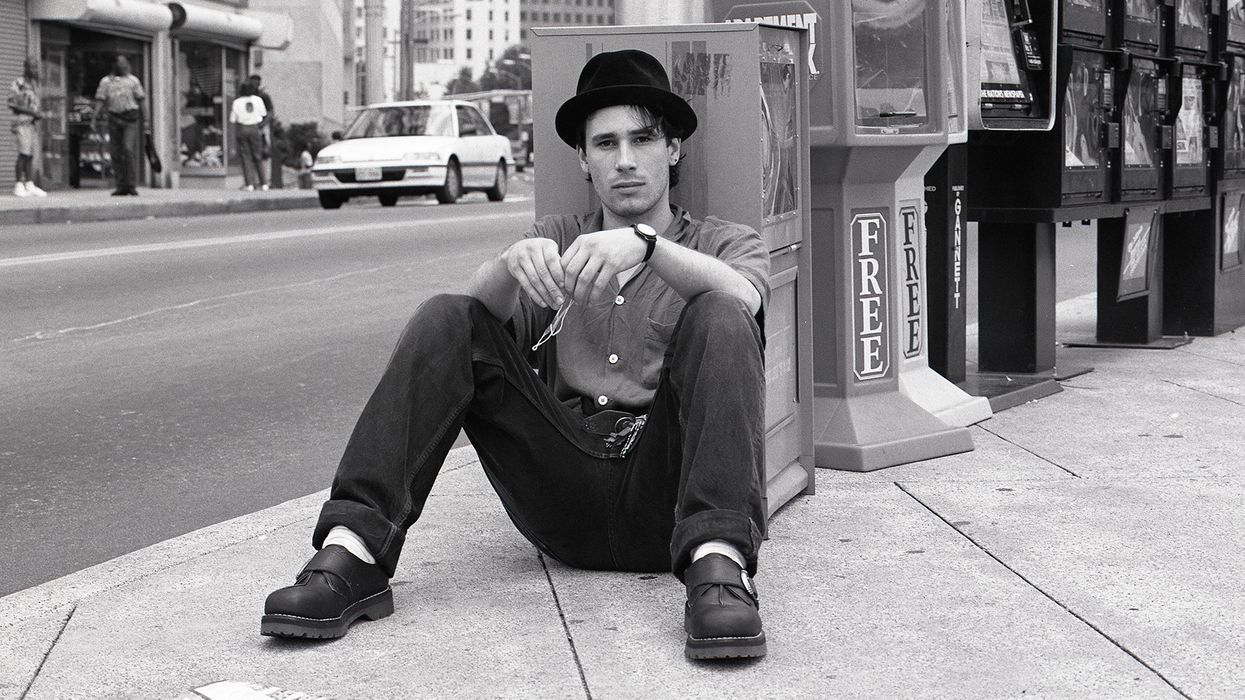
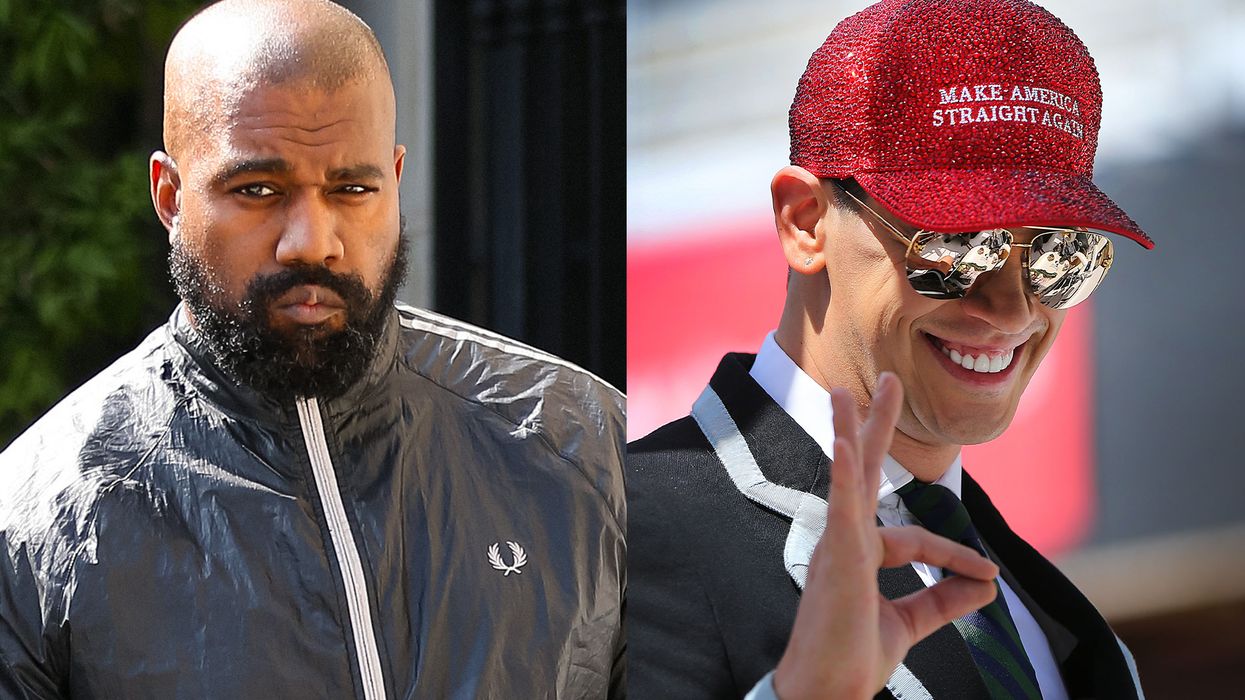


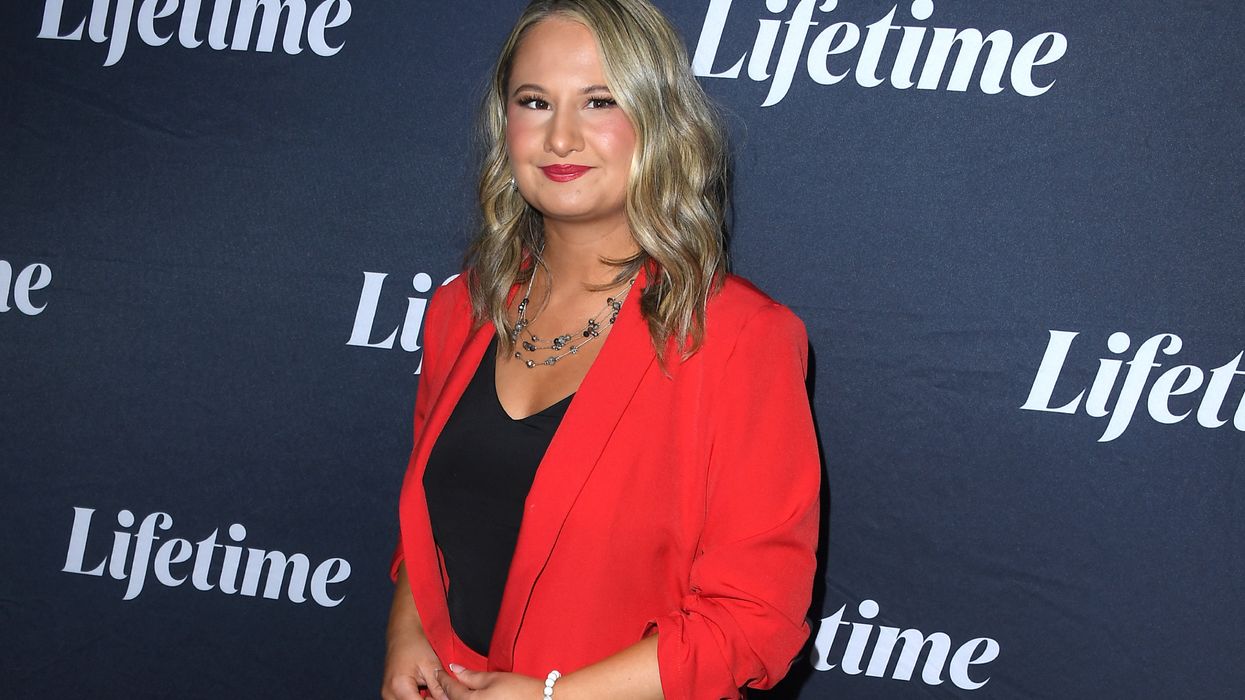
 Jean Jacket: Repull/Jewelry: Personal collection
Jean Jacket: Repull/Jewelry: Personal collection Hat: Xtinel/Dress shirt and vest: Raphael Viens/Jewelry: Personal Collection & So Stylé
Hat: Xtinel/Dress shirt and vest: Raphael Viens/Jewelry: Personal Collection & So Stylé 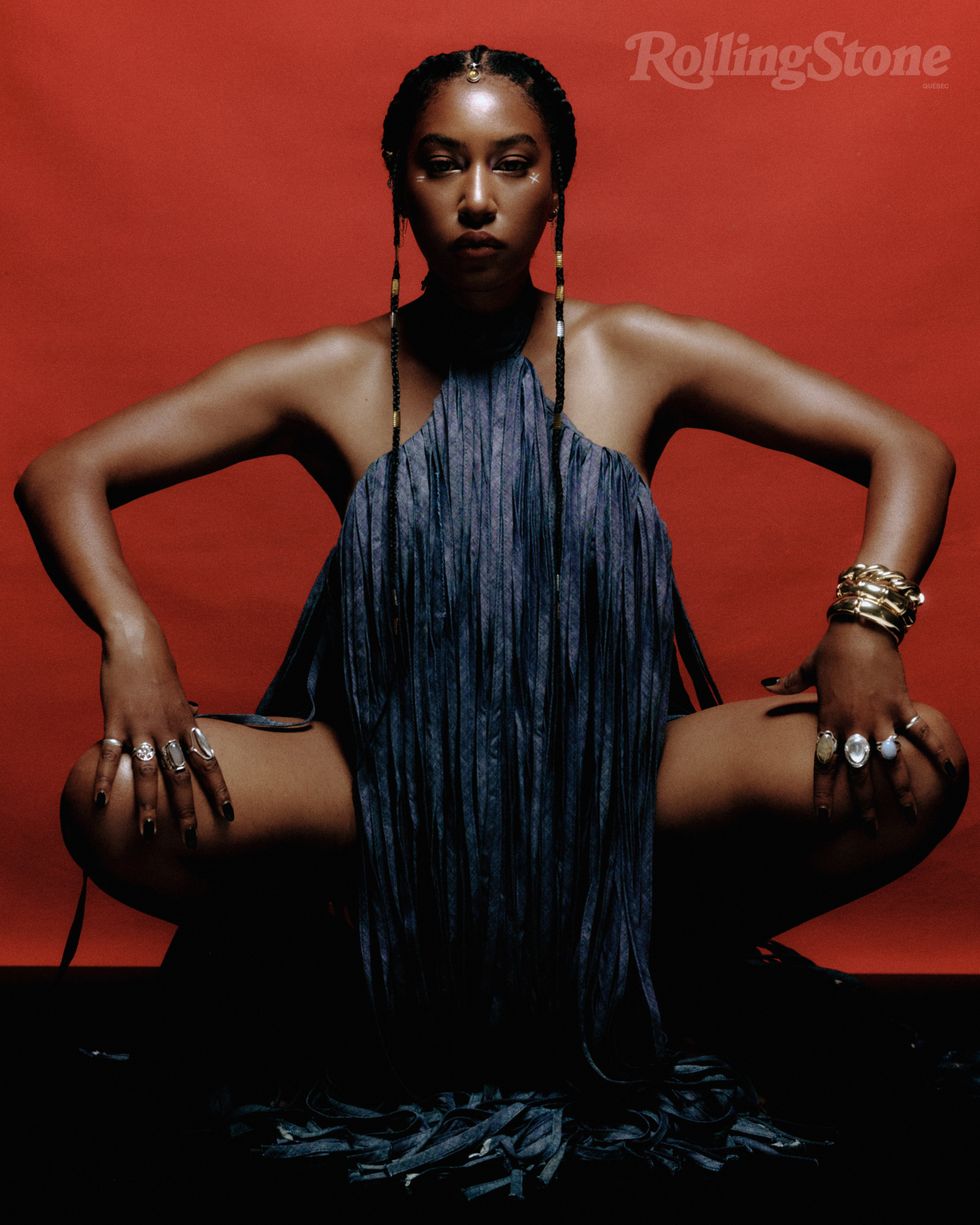 Dress: Helmer/Jewelry: Personal Collection
Dress: Helmer/Jewelry: Personal Collection  Jewelry: Personal Collection
Jewelry: Personal Collection  Dress: Helmer/Jewelry: Personal Collection
Dress: Helmer/Jewelry: Personal Collection 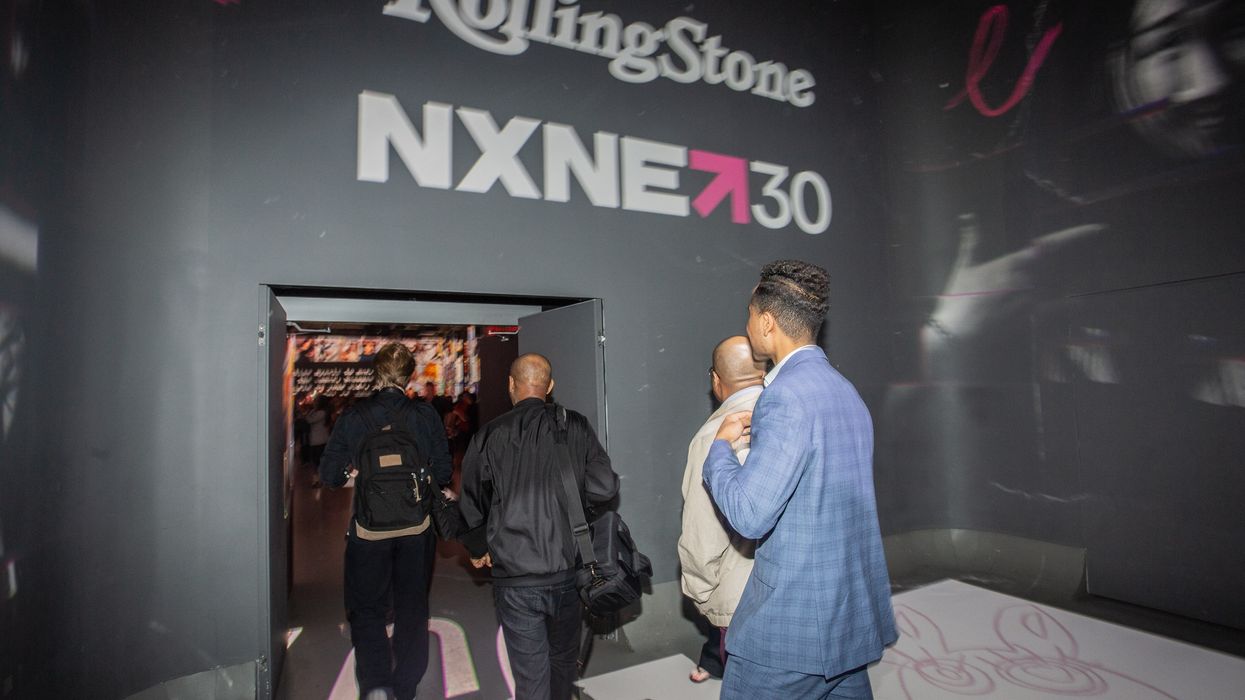

 Catering Presented By The Food DudesPhoto by Snapdrg0n
Catering Presented By The Food DudesPhoto by Snapdrg0n Catering Presented By The Food DudesPhoto by Snapdrg0n
Catering Presented By The Food DudesPhoto by Snapdrg0n Catering Presented By The Food DudesPhoto by Snapdrg0n
Catering Presented By The Food DudesPhoto by Snapdrg0n
 Photographer: Raphaëlle Sohier / Executive production: Elizabeth Crisante & Amanda Dorenberg / Design: Alex Filipas / Post-production: Bryan Egan/ Headpiece: Tristan Réhel
Photographer: Raphaëlle Sohier / Executive production: Elizabeth Crisante & Amanda Dorenberg / Design: Alex Filipas / Post-production: Bryan Egan/ Headpiece: Tristan Réhel Photo: Raphaëlle Sohier
Photo: Raphaëlle Sohier Photo: Raphaëlle Sohier/ Photo production: Bryan Egan/ Blazer:
Photo: Raphaëlle Sohier/ Photo production: Bryan Egan/ Blazer:  Photo: Raphaëlle Sohier/ Blazer: Vivienne Westwood/ Skirt :
Photo: Raphaëlle Sohier/ Blazer: Vivienne Westwood/ Skirt : 